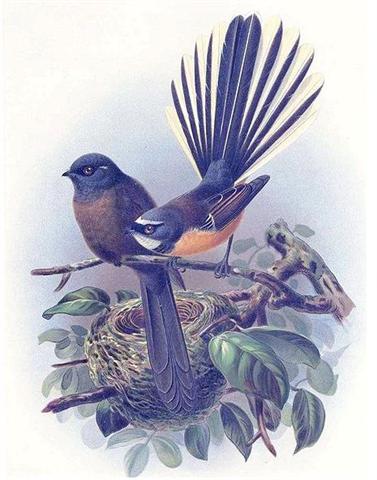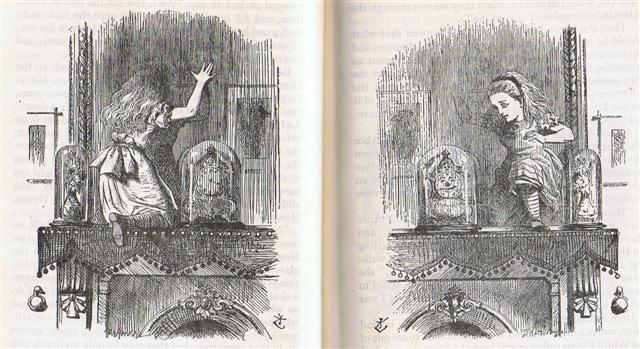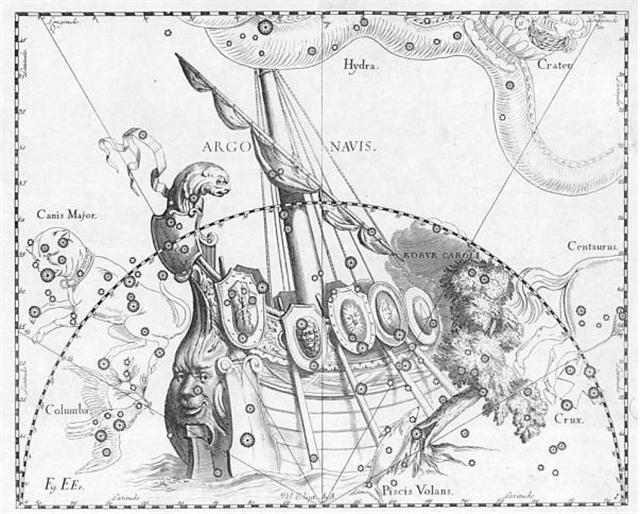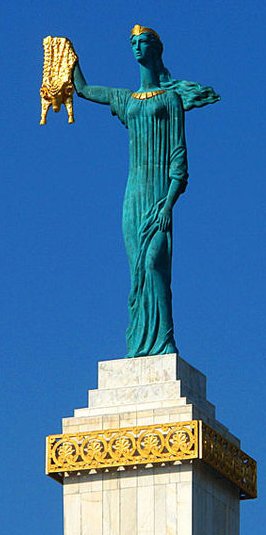Heliacal Heze (ζ Virginis) was not in Hora Nui 2 but in Hora Nui 1 and this day was singled out in Manuscript E as the day for the return of the Explorers to the yam plantation created by Kuukuu (E:46).
... Maui at first assumed the form of a kiore, or rat, to enter the body of Hine. But tataeko, the little whitehead, said he would never succeed in that form. So he took the form of a toke, or earth-worm. But tiwaiwaka the fantail, who did not like worms, was against this. So Maui turned himself into a moko huruhuru, a kind of caterpillar that glistens.
It was agreed that this looked best, and so Maui started forth, with comical movements. The little birds now did their best to comply with Maui's wish. They sat as still as they could, and held their beaks shut tight, and tried not to laugh. But it was impossible. It was the way Maui went in that gave them the giggles, and in a moment little tiwaiwaka the fantail could no longer contain himself. He laughed out loud, with his merry, cheeky note, and danced about with delight, his tail flickering and his beak snapping. Hine nui awoke with a start. She realized what was happening, and in a moment it was all over with Maui. By the way of rebirth he met his end ... The fantail caused the end of Maui - in the region high up where the birds are flying the tail means the end. And ti-waiwaka was waving (making signals) with his tail.
... Know you not that there are two odd feathers in a bird's tail? Likewise there are two odd months in the year ...
The yam plantation of Kuukuu (Mars) had been established shortly after their arrival:
Regor is Roger reversed, as if the astronaut Gus Grissom knew there should be a mirror here: ... The seventh tree is the oak, the tree of Zeus, Juppiter, Hercules, The Dagda (the chief of the elder Irish gods), Thor, and all the other Thundergods, Jehovah in so far as he was 'El', and Allah. The royalty of the oak-tree needs no enlarging upon: most people are familiar with the argument of Sir James Frazer's Golden Bough, which concerns the human sacrifice of the oak-king of Nemi on Midsummer Day. The fuel of the midsummer fires is always oak, the fire of Vesta at Rome was fed with oak, and the need-fire is always kindled in an oak-log. When Gwion writes in the Câd Goddeu, 'Stout Guardian of the door, His name in every tongue', he is saying that doors are customarily made of oak as the strongest and toughest wood and that 'Duir', the Beth-Luis-Nion name for 'Oak', means 'door' in many European languages including Old Goidelic dorus, Latin foris, Greek thura, and German tür, all derived from the Sanskrit Dwr, and that Daleth, the Hebrew letter D, means 'Door' - the 'l' being originally an 'r'. Midsummer is the flowering season of the oak, which is the tree of endurance and triumph, and like the ash is said to 'court the lightning flash'. Its roots are believed to extend as deep underground as its branches rise in the air - Virgil mentions this - which makes it emblematic of a god whose law runs both in Heaven and in the Underworld ... The month, which takes its name from Juppiter the oak-god, begins on June 10th and ends of July 7th. Midway comes St. John's Day, June 24th, the day on which the oak-king was sacrificially burned alive. The Celtic year was divided into two halves with the second half beginning in July, apparently after a seven-day wake, or funeral feast, in the oak-king's honour ...
... [in] a contemporary Mopán Maya tale in which Lord K'in (the sun) goes from his home in the east to the center of the sky and then back to the east again ... it appears that he goes clear across the sky because he has placed a mirror at its center. To interpret the movements of the sun in this manner is to model it on Venus as morning star, which both rises and sets in the east ... ... Gamma Velorum (γ Velorum) is a star system in the constellation Vela. At magnitude +1.7, it is one of the brightest stars in the night sky. It has the traditional names Suhail and Suhail al Muhlif, which confusingly also apply to Lambda Velorum. It also has a more modern popular name Regor, which was invented as a practical joke by the Apollo 1 astronaut Gus Grissom for his fellow astronaut Roger Chaffee. Due to the exotic nature of its spectrum (bright emission lines in lieu of dark absorption lines) it is also dubbed the 'Spectral Gem of Southern Skies' ...
"They all climbed to the top of the hill. They climbed up on the tenth day of the month of June ('Maro') ... They made camp and constructed a house. Kuukuu got up, worked the ground, and heaped up the earth for the yam roots. Makoi got up and began to familiarize himself with the (new) land. (This took place) on the fifteenth day of the month of June ('Maro') ..." We can find the 2nd Rei in the text in Ga2-27 (π) at the position corresponding to heliacal Naos, at the stern end of the great ship (beneath the watery Hydra), which part of the ship at the time of the Bull should have returned to visibility again after Canopus had drunk up the whole sea.
... The Pythagoreans make Phaeton fall into Eridanus, burning part of its water, and glowing still at the time when the Argonauts passed by. Ovid stated that since the fall the Nile hides its sources. Rigveda 9.73.3 says that the Great Varuna has hidden the ocean. The Mahabharata tells in its own style why the 'heavenly Ganga' had to be brought down. At the end of the Golden Age (Krita Yuga) a class of Asura who had fought against the 'gods' hid themselves in the ocean where the gods could not reach them, and planned to overthrow the government. So the gods implored Agastya (Canopus, alpha Carinae = Eridu) for help. The great Rishi did as he was bidden, drank up the water of the ocean, and thus laid bare the enemies, who were then slain by the gods. But now, there was no ocean anymore! Implored by the gods to fill the sea again, the Holy One replied: 'That water in sooth hath been digested by me. Some other expedient, therefore, must be thought of by you, if ye desire to make endeavour to fill the ocean ... Once upon a time this great ship had been riding on top of the water serpent, when it carried the Argonauts safely home after having fetched the Golden Fleece (Huruhuru).
|
|||||||||||||||||||||||||||||||||||||||||||||||||||||||||||||||||||||||||||||||||||||||||||||||||||||||||||||||||||||||||||||||||||||||||||||||||||||||||||||||||||||||||||||||||||||||||||||||||||||||||||||||||||||||||||||||||||||||||||||||||||||||||||||||||||||||||||







.jpg)








